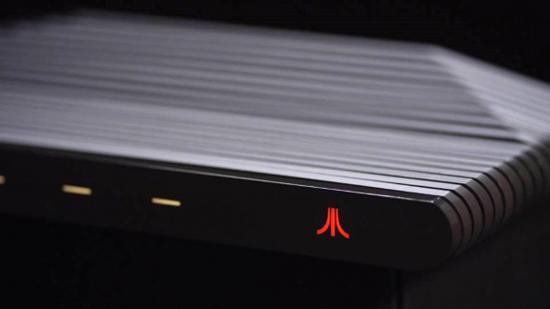Atari has lost the architect for its Atari VCS console. Rob Wyatt, the system architect for the original Xbox, was initially signed on to design the throwback console powered by AMD. However, Wyatt has now stated that the entire Tin Giant consultancy team has left the project… and is still waiting on six months of pay owed to the design company.
It’s not been looking good for backers of the Atari VCS console, who have so far been patiently waiting well over a year since supporting the console’s Indiegogo campaign. Since it was successfully funded on June 30, 2018 with over $3,000,000 of backers’ cash, the project has experience a few hiccups. Most recently, Atari was stripped of mod status in the “biggest and best” Atari VCS subreddit for deleting criticism.
“As of Friday, October 4th, I have officially resigned as the architect of the Atari VCS,” Wyatt told The Register. “Atari haven’t paid invoices going back over six months. As a small company, we have been lucky to survive this long.
“I was hoping to see the project through to the end and that it wouldn’t come to this, but I have little choice other than to pursue other opportunities,” Wyatt adds.
Atari reportedly only received a prototype motherboard in September, the report states. However, the work on the board has since halted with the departure of Tin Giant – the main developer working on the Atari console.
You can see images of a “pre-production board” over on a Medium post that Atari published shortly after The Register’s report. Atari reportedly received six days to respond to the article’s author, Kieren McCarthy, after which the article was to go live. However, there was no response until following its publication, which is also when the Medium post debuted.
The motherboard shows an AMD Ryzen APU, two USB ports, an HDMI port, and one power connector. Not pictured is an M.2 port and two SODIMM RAM slots.
For a console designed after one built in the late ’70s, it sure has proved difficult to put together. With Wyatt and his team’s departure from the project, the future of the Atari VCS is on rockier ground than ever. For its backers’ sake, we hope that this pre-production wobble can be sorted and the console gets back on track – but even if that’s the case, this remains a textbook example of how not to develop a console.
